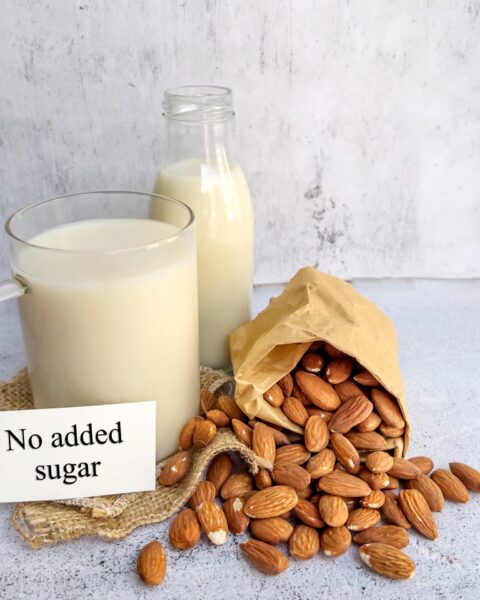Energy efficiency is key to creating a home that’s both eco-friendly and budget-conscious. With energy costs on the rise, finding ways to cut back on consumption is a smart move. From upgrading appliances to making small lifestyle changes, there are plenty of ways to make your home more efficient. These steps save you money and contribute to a more sustainable future.
Contents
- 1 Switch to LED Lighting
- 2 Install a Programmable Thermostat
- 3 Upgrade to Energy-Efficient Appliances
- 4 Insulate Your Home
- 5 Install Solar Panels
- 6 Use Energy-Efficient Windows
- 7 Install Ceiling Fans
- 8 Use a Tankless Water Heater
- 9 Install Smart Power Strips
- 10 Upgrade Your HVAC System
- 11 Plant Shade Trees
- 12 Install Low-Flow Fixtures
- 13 Use a Rainwater Harvesting System
- 14 More From RetailShout
- 15 15 Affordable Aldi Finds to Keep Your Pantry Full This November
- 16 12 Essential Costco Buys Under $20
Switch to LED Lighting
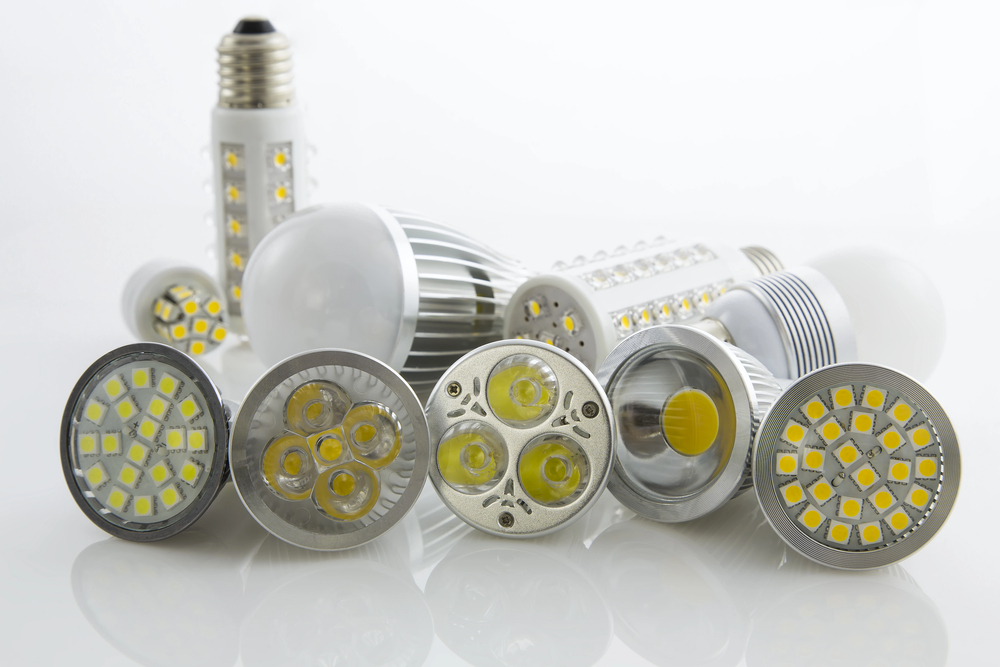
Replacing traditional incandescent bulbs with LED lights is one of the easiest ways to reduce energy consumption. LEDs use up to 75% less energy and last much longer, which means fewer replacements and lower electricity bills. The initial cost might be higher, but the savings over time make it a worthwhile investment. Plus, LEDs come in various styles, so you don’t have to compromise on aesthetics.
Install a Programmable Thermostat
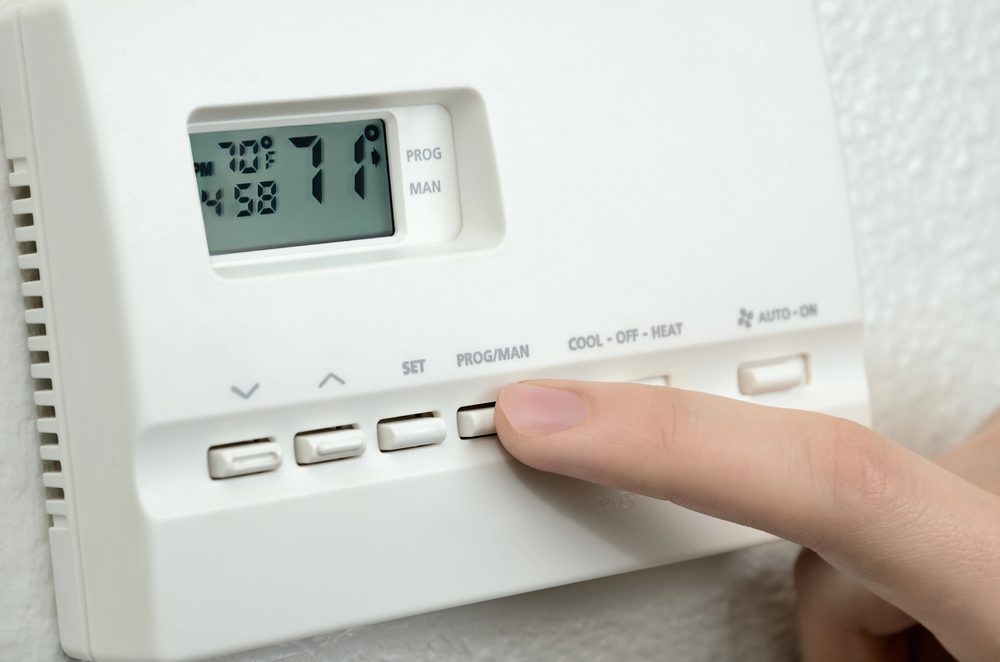
A programmable thermostat allows you to control your home’s temperature based on your schedule, reducing energy waste. By setting your thermostat to lower the temperature when you’re asleep or away, you can significantly cut down on heating and cooling costs. These thermostats are easy to install and can save you up to 10% annually on your energy bills. With smart features, you can even adjust settings remotely using your smartphone.
Upgrade to Energy-Efficient Appliances
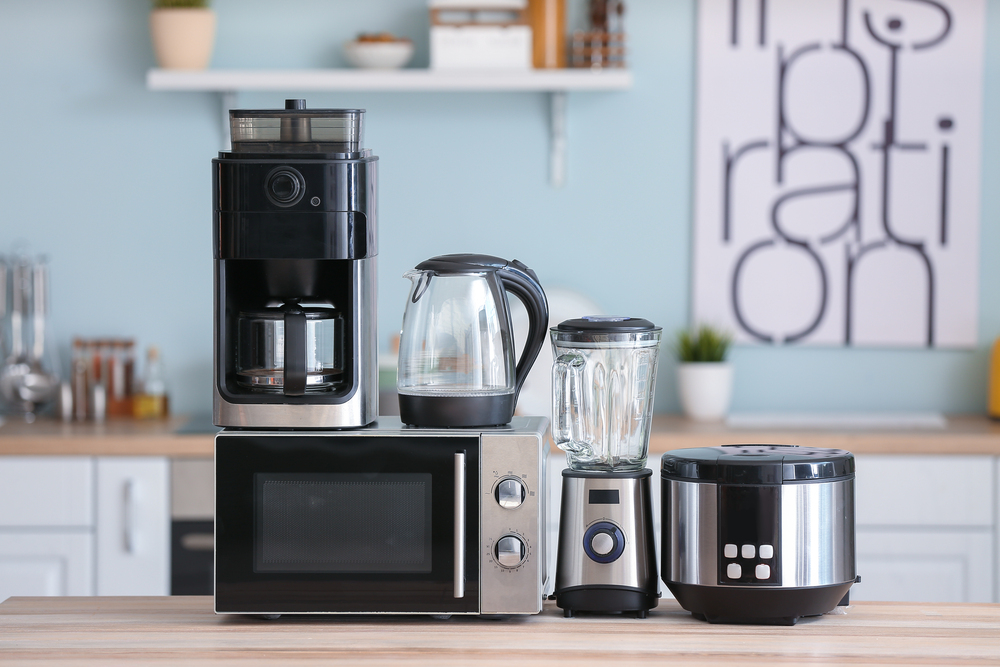
Older appliances often use more energy than newer, energy-efficient models. Upgrading to appliances with the ENERGY STAR label can lower your energy usage significantly. While the upfront cost may be higher, these appliances save money in the long run by using less electricity and water. Consider replacing your refrigerator, washer, dryer, and dishwasher to maximize savings.
Insulate Your Home
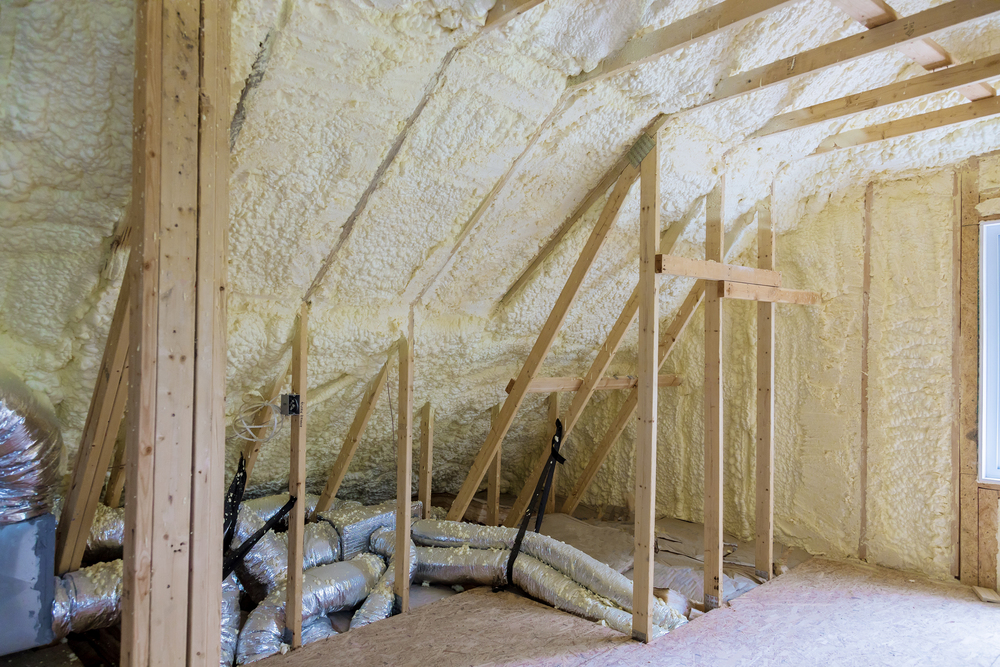
Proper insulation is essential for maintaining a consistent temperature in your home. Adding insulation to your attic, walls, and floors can reduce the need for heating and cooling, thereby cutting energy costs. Insulation helps keep warm air inside during winter and cool air during summer, making your home more comfortable year-round. It’s a long-term investment that improves both energy efficiency and comfort.
Install Solar Panels
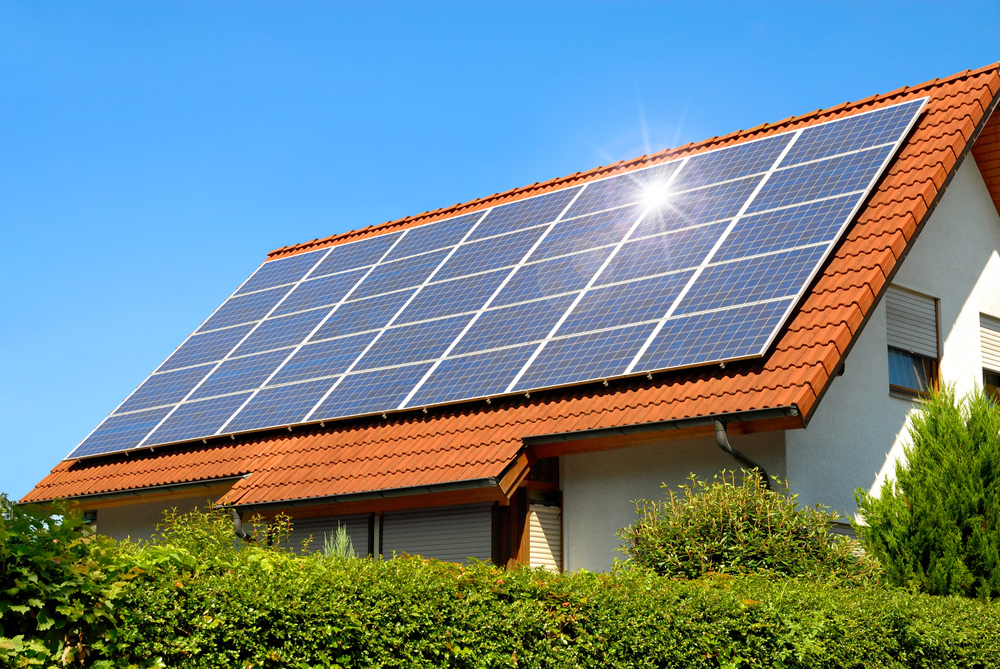
Solar panels allow you to generate your own electricity, reducing your dependence on the grid. While the initial installation cost can be significant, the long-term savings on your energy bills can be substantial. Many areas also offer incentives or rebates for solar installations, making this option more affordable. Plus, solar energy is a renewable resource, making it a sustainable choice for your home.
Use Energy-Efficient Windows
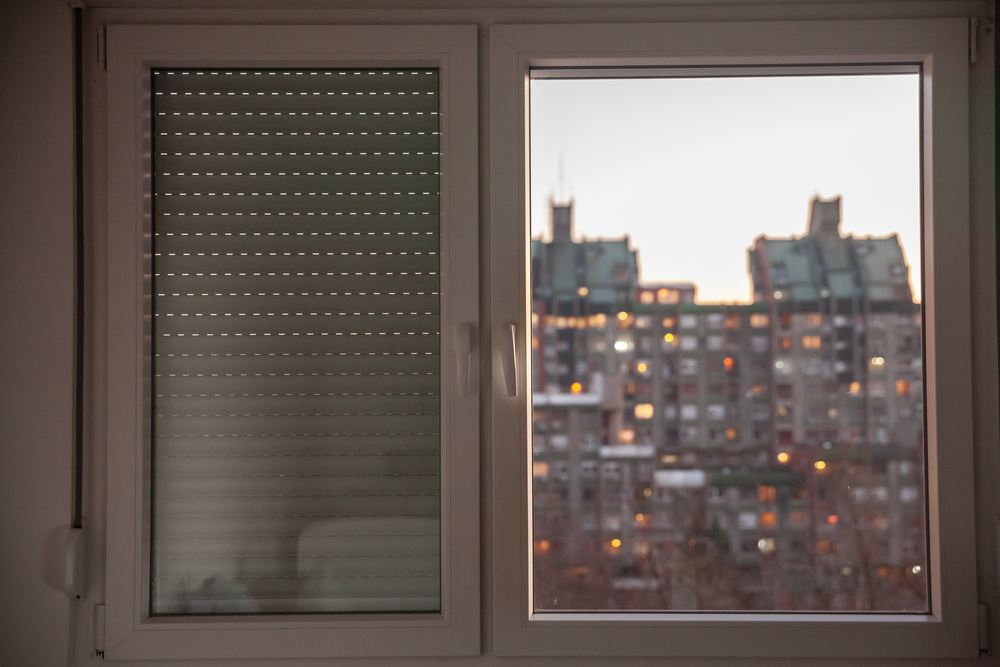
Energy-efficient windows are designed to prevent heat loss in winter and keep your home cool in summer. These windows typically have multiple panes, low-emissivity coatings, and insulated frames to improve energy efficiency. Replacing old windows with energy-efficient ones can lower your heating and cooling costs and enhance your home’s comfort. They also add value to your home and reduce noise from outside.
Install Ceiling Fans
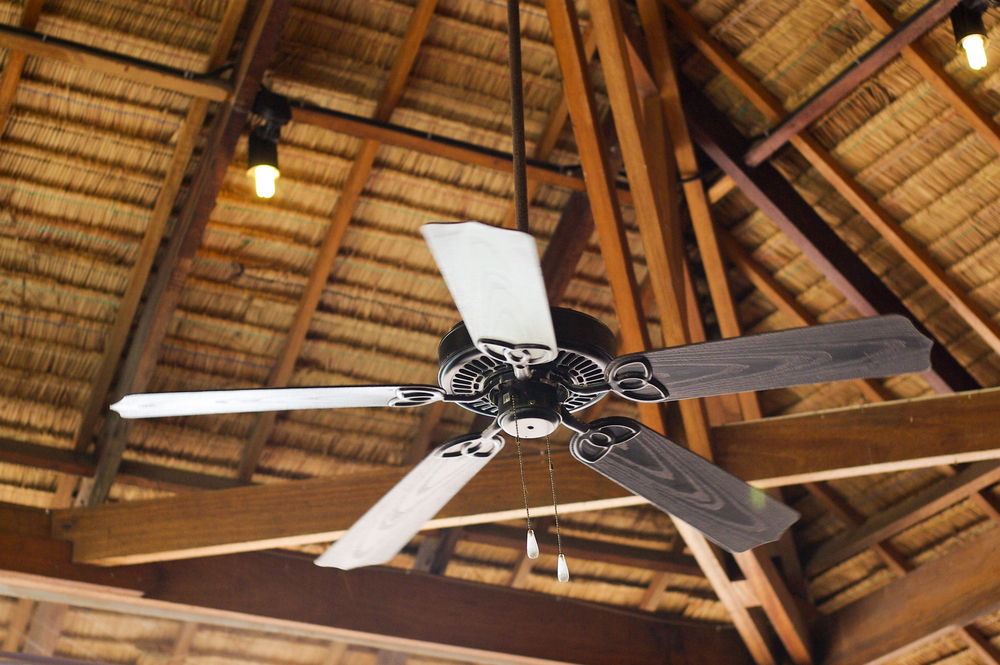
Ceiling fans can help circulate air in your home, reducing the need for air conditioning in the summer and assisting with heating in the winter. By setting the fan to rotate counterclockwise in the summer, you can create a cooling breeze. In the winter, switching the fan to clockwise at a low speed helps push warm air down from the ceiling. Ceiling fans use less energy than air conditioners and can be an effective way to cut down on cooling and heating costs.
Use a Tankless Water Heater
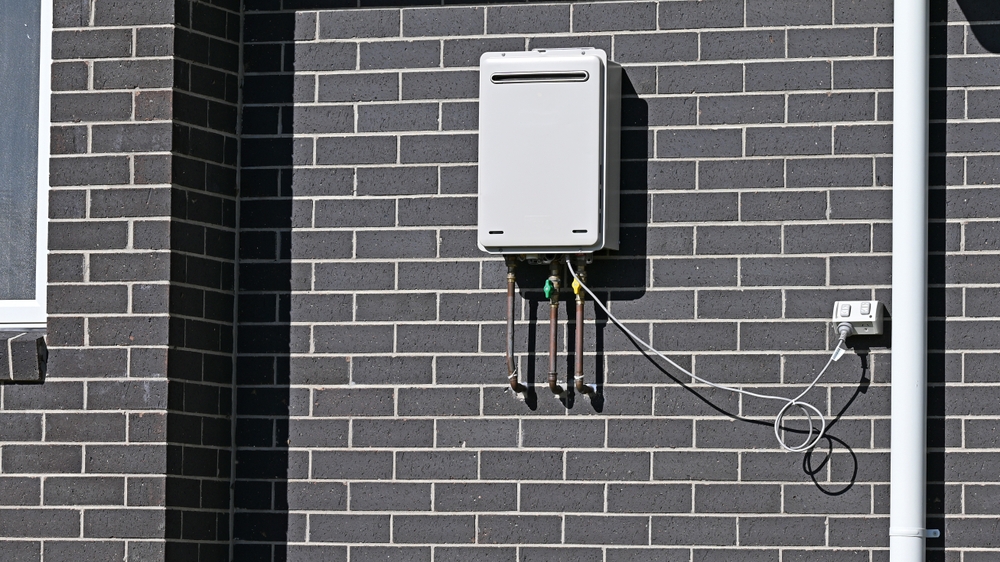
A tankless water heater heats water on demand rather than storing it in a tank, which can lead to significant energy savings. These systems only use energy when you need hot water, making them more efficient than traditional water heaters. They are also more compact and can last longer than standard models. While the upfront cost is higher, the energy savings and longevity can make it a smart investment.
Install Smart Power Strips
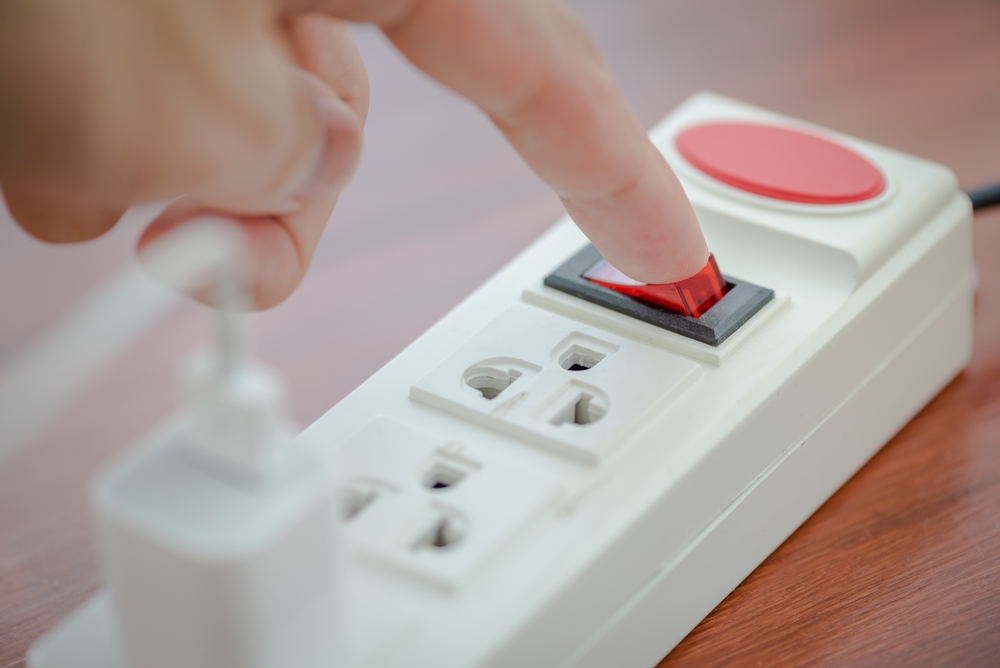
Many electronic devices draw power even when they’re turned off, a phenomenon known as “phantom load.” Smart power strips can eliminate this waste by cutting off power to devices that are not in use. These strips can automatically detect when a device is in standby mode and shut it down, saving energy. By using smart power strips for your entertainment system, computer setup, and kitchen appliances, you can reduce your energy consumption with minimal effort.
Upgrade Your HVAC System

An older HVAC system can be a significant drain on energy, especially if it’s not working efficiently. Upgrading to a newer, energy-efficient model can reduce your heating and cooling costs substantially. Modern systems are designed to use less energy while providing better temperature control and air quality. Regular maintenance, such as changing filters and scheduling tune-ups, also helps keep your HVAC system running efficiently.
Plant Shade Trees
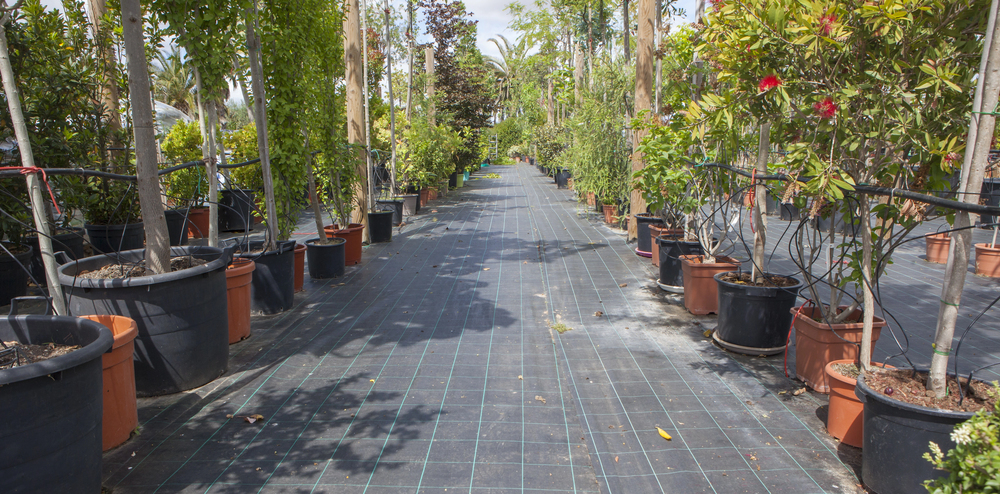
Planting trees around your home can help reduce your energy bills by providing natural shade. In the summer, shade trees can block the sun’s rays from heating your home, reducing the need for air conditioning. In winter, deciduous trees lose their leaves, allowing sunlight to warm your home naturally. Over time, this natural method of climate control can make your home more energy-efficient and comfortable.
Install Low-Flow Fixtures
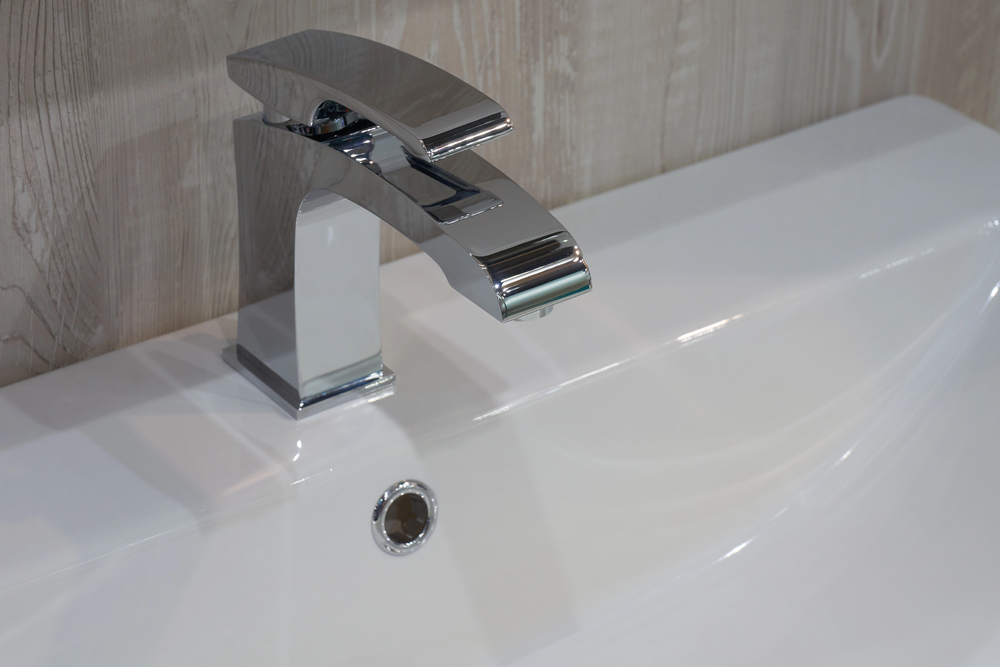
Low-flow faucets, showerheads, and toilets use less water without sacrificing performance, helping to reduce both water and energy usage. Heating water accounts for a significant portion of energy bills, so using less hot water can lead to considerable savings. Low-flow fixtures are easy to install and can make a noticeable difference in your utility costs. This simple upgrade is an effective way to conserve resources and save money.
Use a Rainwater Harvesting System
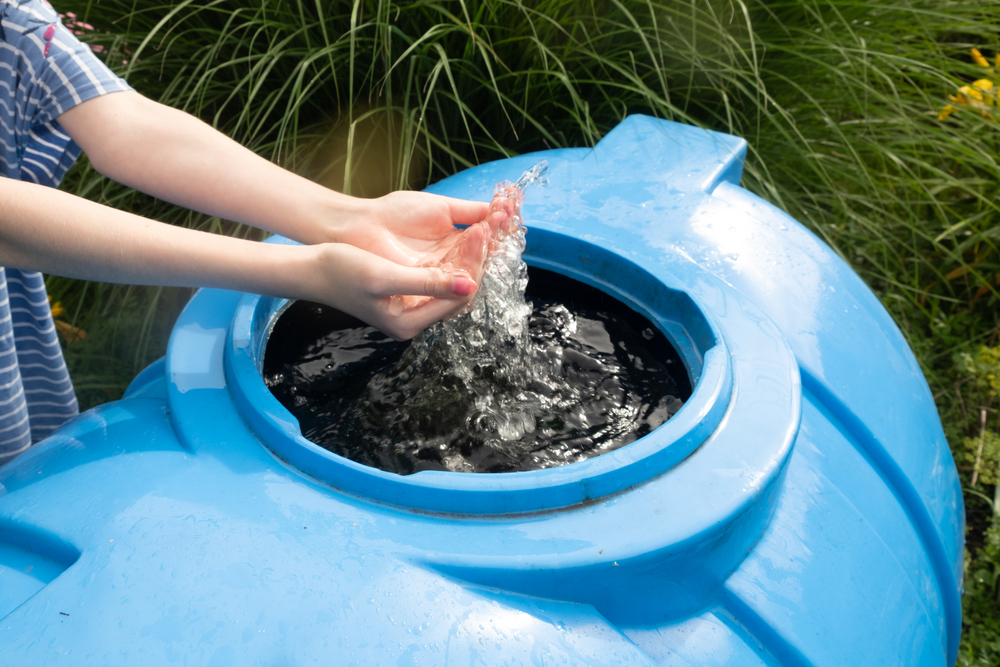
Collecting rainwater for use in your garden or for other non-potable purposes can reduce your water and energy bills. Rainwater harvesting systems can be as simple as a rain barrel or as complex as an underground cistern, depending on your needs. Using harvested rainwater reduces the demand on municipal water systems and decreases the energy required to treat and transport water. It’s an eco-friendly way to maintain your garden while conserving resources.
This article originally appeared on RetailShout.
More From RetailShout
10 New and 16 Returning Items Of The Week At Trader Joe’s (11/17 – 11/25)

Trader Joe’s has once again brought an exciting lineup of new and returning seasonal favorites to their shelves, just in time for the holidays. From savory showstoppers to sweet indulgences, the November 17 – 25 collection is something to look forward to. Read More.
15 Affordable Aldi Finds to Keep Your Pantry Full This November

Aldi’s shelves are packed with affordable finds that bring seasonal flavors and comfort food vibes without stretching your budget. This November, there are some seriously good picks—from cozy drinks and snacks to hearty meal starters and sweet treats—all ready to make meal planning and snacking easier. Read More.
12 Essential Costco Buys Under $20
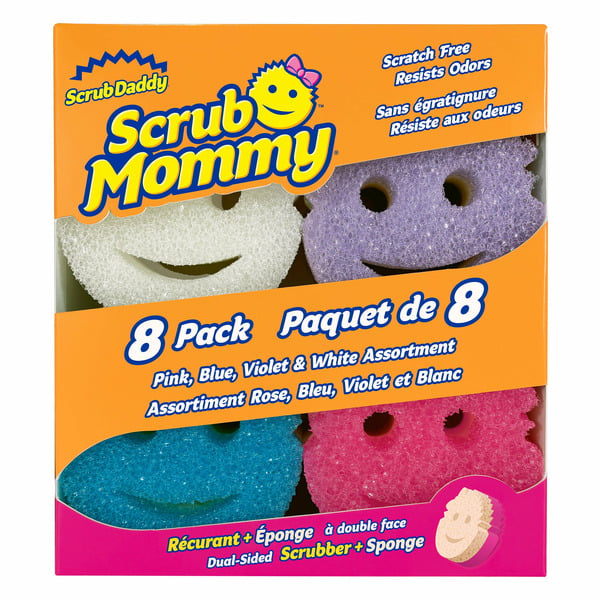
Costco is the go-to store for finding incredible deals, and you don’t need to spend a fortune to snag some great items. From household essentials to tasty snacks, Costco offers high-quality products for every budget. Read More.


